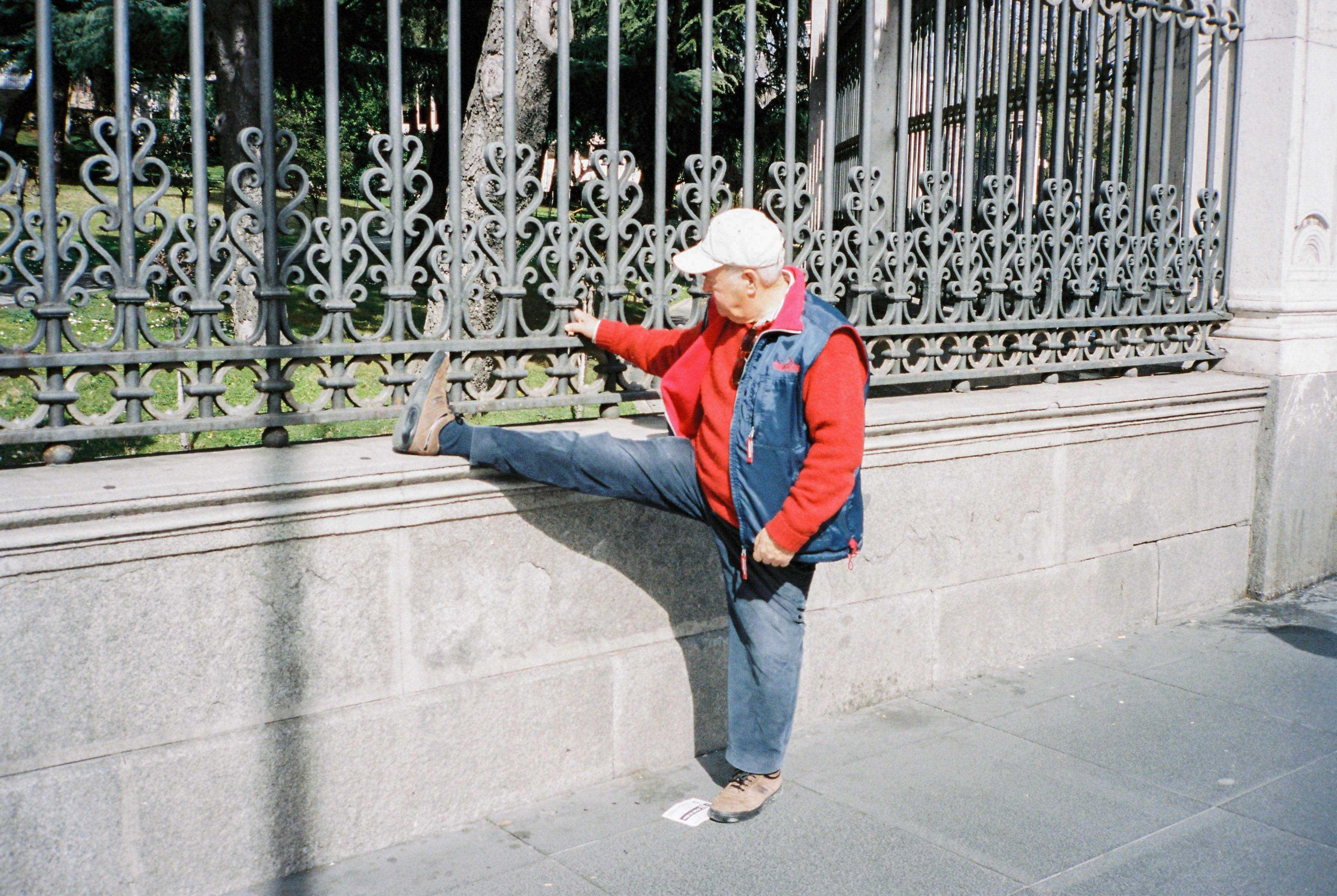Four Things You Can Do To Stay Ahead of The Aging Curve
When we’re young we have a lot of energy; our bodies are strong and flexible. But as we age, as early as in our 40’s, our bodies start to change. It’s not noticeable at first but with time, our joints, ligaments, and tendons become more rigid and we feel “stiff”. We may favor a sore joint and lean on one leg or use one arm more than the other, and this leads to a loss of balance and body symmetry. We start to lose muscle mass and bone density which affects our overall strength. As a result of these changes, we become less active and we start to fall down the rabbit hole towards “old age”.
Sounds scary I know, but don’t despair! There are things you can do to postpone, reduce and even counteract these changes and live an active, healthier, longer life.
- As a start, stretch daily. We often see athletes stretching before and after a workout, but stretching is not just for competitive athletes. Stretching is vital to everyone’s good health. Stretching promotes blood circulation and brain activity, decreases body aches and pains, and increases your energy level. Start each day with stretches and easy movements. There are two types of stretches – static and dynamic. For static stretches, gradually and carefully move your body joint or limb into a normal position and just beyond its comfortable range of motion. Once you feel slight tension in the muscle, hold the position. It should not be painful. If you feel pain, ease off or stop that stretch. Avoid bouncing or any other movements which could overstretch the muscle and result in injury. Hold each stretch for about 15 seconds. Some examples of static stretches are knee-to-chest pull, child’s prayer, seated hamstring stretch, and shoulder stretch, to name just a few. Dynamic stretches involve some movement …. Examples areside stepping,walking with high knees, lunge walking, straight leg kick outs, back pedal walking. The list for all stretches is long, and more examples of static and dynamic stretches can be found on the internet. Regardless of how much athletic activity you do during the day, morning stretching is best to help you wake up and feel better. If morning stretching doesn’t appeal to you, choose whatever time of day works for you, and keep at it daily.
- Strength training, i.e, using weights, stretch cords, or other forms of resistance offers many health and fitness benefits. In addition to strengthening muscles and bones, it helps you lose weight and keep the weight off. Be mindful to work your body parts in pairs – chest and back, hamstrings and quadriceps, biceps and triceps. This will help with better body posture, balance and symmetry as well as help prevent injury. It’s ideal to include strength training three times a week in your routine, with a rest day between.
- A sub-set of strength training is to build a strong core. Your core muscles are those from your neck to your pelvis. And they’re not only the proverbial “six pack” in your abdomen. Core muscles also include those at the side of your torso and in your back, running lengthwise along your spine. A strong core will help prevent lower back pain, improve your posture and balance. Work your core three to five days a week. Examples of core strengthening exercises are face down plank (on your toes and forearms), side planks (on one elbow with your legs straight and your feet stacked one on top of the other), flutter kicks on your back, hip raises (bridges), etc.
- Do your stretching and strength training in front of a mirror, and watch your body motion. Particularly look for symmetry and balance of your shoulder movement and hip movement. Aim to correct any imbalances left to right and front to back for better body posture.
- Cardio exercise is any exercise that increases your heart rate for a prolonged period of time. Common examples are running, walking, cycling, swimming, kick boxing, aerobic classes, etc. Doing cardio for 30 minutes or more five times a week, will strengthen your heart, increase your lung capacity, burn calories, and reduce your risk for heart disease.
There you have it. Instead of using age as an excuse for doing less in your life, incorporate these four sets of activities into your daily routine, and be healthy, active and enjoy life.
Frank Adornato


